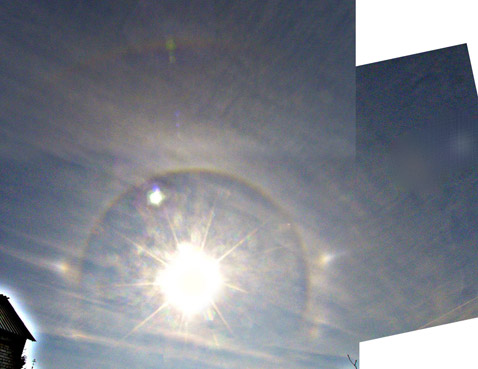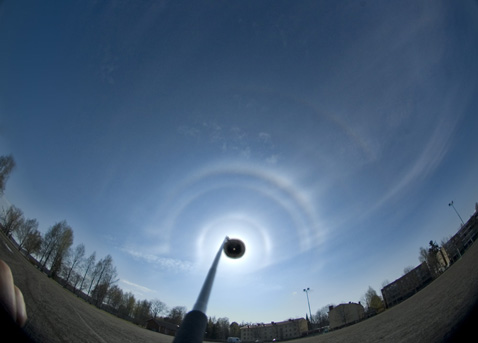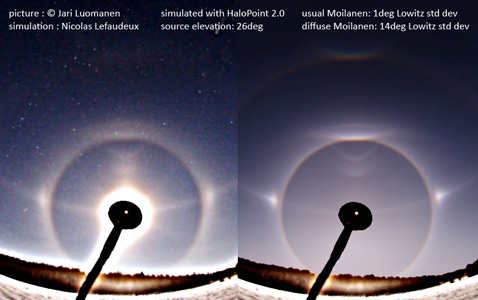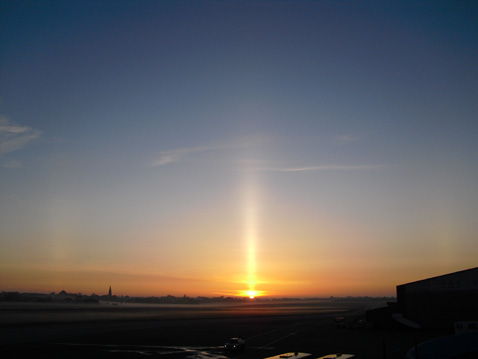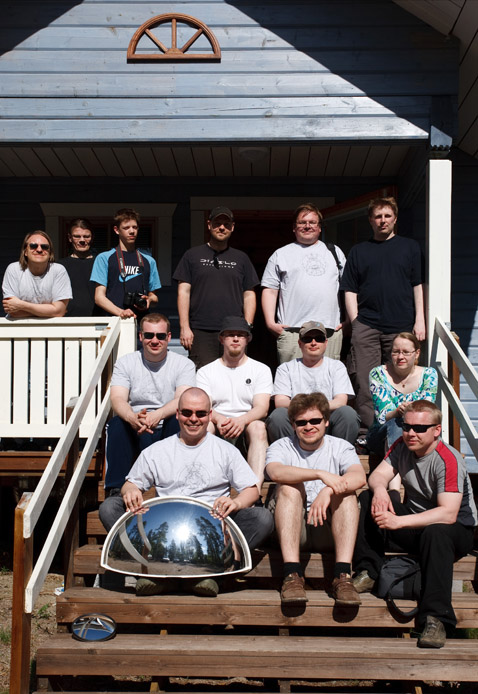
14-16 May saw Finnish atmospheric optics enthusiasts gathering in Finnish Astronomical Association's (URSA) Artjärvi observation center. The programme for the meeting included presentations on noctilucent cloud observations, halo simulations, chdk-software for compact cameras, diamond dust halo chasing as well as a presentation on a home made ice crystal gun. Developing the observation network's wiki tool was also discussed. The programme (in Finnish language) is available on the Internet (1).
The much awaited best pictures slide show included many gorgeous shots on atmospheric phenomena and possibly a new halo (more investigation is still needed to confirm this) was also present in one image. During the evenings sauna was used and people gathered around the campfire to grill sausages. More images can be found here: (2 - 3)
Huge thanks go to every participant - you made the meeting a success! The next meeting will take place either next summer or a year after that.
